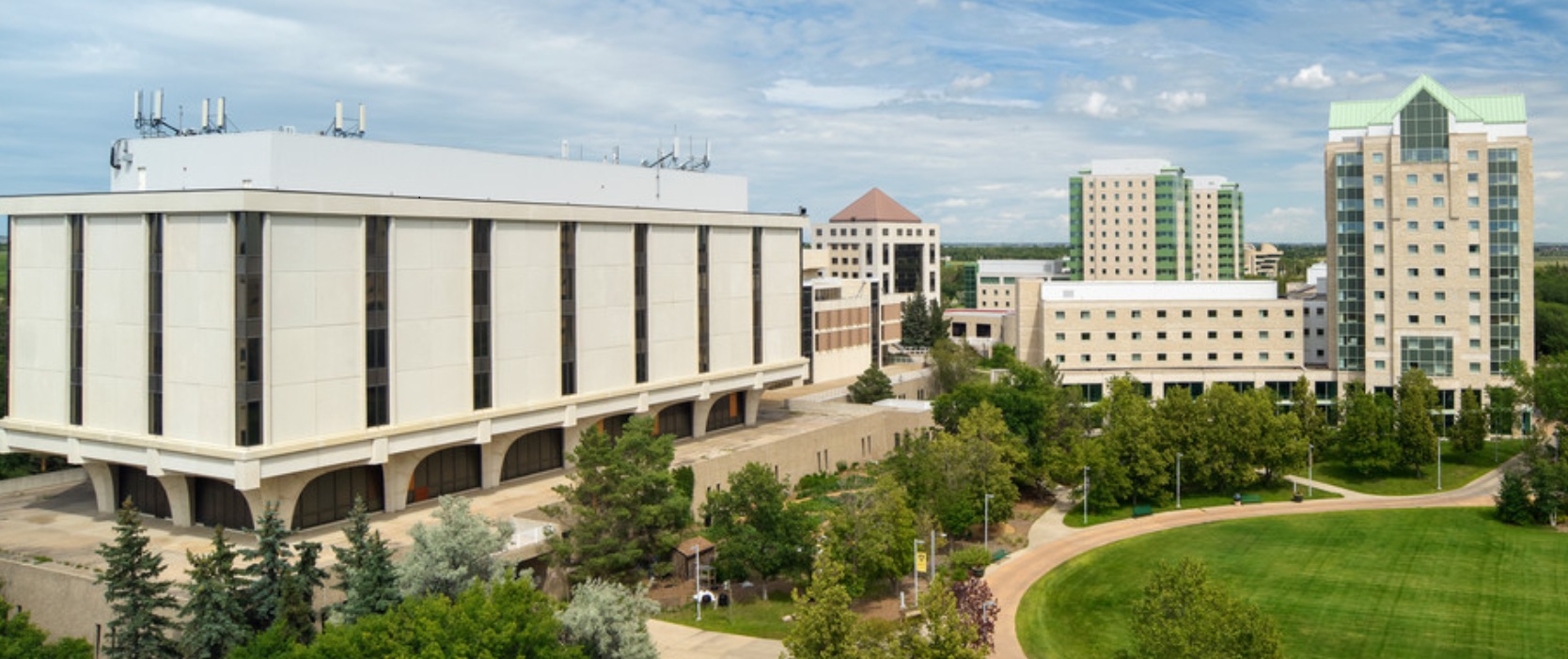Climate Insider Brief:
- Silicate, an Ireland-based startup, has pioneered a novel method in the climate tech space by repurposing waste concrete to sequester carbon dioxide.
- This approach not only addresses environmental concerns but also enhances agricultural productivity, offering a promising solution to two critical challenges simultaneously.
- Silicate’s technology accelerates the process of rock weathering by breaking down concrete into fine particles, facilitating faster carbon capture and storage through the formation of bicarbonate ions.
In the climate tech space, scientists always remain on the lookout for innovative ways to sequester greenhouse gases and to decarbonize. Recently, an Ireland-based startup Silicate has taken the lead on coming up with a new method: utilising waste concrete to sequester carbon dioxide from the atmosphere while simultaneously improving agricultural productivity. This method is promising for addressing both environmental and agricultural challenges.
Traditional methods of carbon sequestration often focus on natural processes like tree planting or rock weathering. While these processes play crucial roles in carbon removal, they are unable to keep pace with the rapid rate of human-induced emissions. Recognizing this gap, scientists and entrepreneurs have turned their attention to enhancing natural processes to effectively capture and store carbon dioxide.
Silicate’s technology involves repurposing waste concrete, typically associated with construction and demolition activities, to prompt the process of rock weathering. The company’s methodology is to crush concrete into fine particles and spread them across agricultural fields to facilitate the absorption of carbon dioxide from the atmosphere into the soil. This process results in the formation of bicarbonate ions; these are subsequently washed into the ocean, where they remain sequestered for thousands of years.

There is a scientific principle behind this approach. Conventional concrete production involves heating calcium carbonate to form calcium oxide, which then reacts with atmospheric carbon dioxide to form bicarbonate ions. By breaking down concrete into smaller particles, Silicate seeks to expedite this reaction, effectively increasing the rate of carbon capture.
Preliminary trials conducted by Silicate have shown promising results. A recent trial run on a 100-acre farm in the vicinity of Chicago demonstrated the potential to capture approximately 220 tons of carbon dioxide, equivalent to the emissions produced by 50 cars in a year. Additionally, analyses conducted on treated fields have revealed higher levels of bicarbonate ions and improved soil health, leading to enhanced crop yields.
However, despite the positive outcomes observed thus far, there remain some doubts regarding the sustainability and long term implications of this methodology. There have been questions regarding the fate of captured carbon dioxide, and particularly its movement through rivers and streams and eventual deposition in the oceans. Further research and monitoring are necessary to fully understand the downstream effects of enhanced rock weathering.
To stay informed about the climate industry explore our latest climate tech news.
Featured Image: Credit: Silicate








